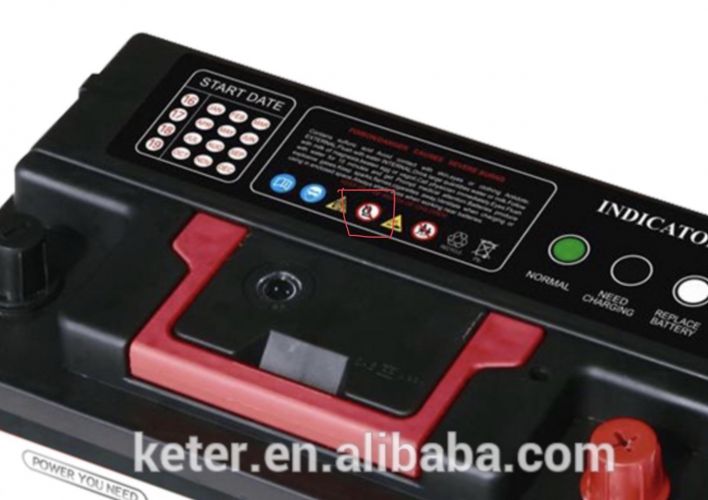- Joined
- 24 Aug 2009
- Messages
- 2,651
- Reaction score
- 278
- Country

Hi
Have just watched a car magazine video which gave the following instructions for the correct method.
1) Connect red/live to battery of donor car and then same to "dead" car.
2) Connect black /earth to donor car battery and then same to an earth point in the engine-bay.
Then start engine of donor car.
Removal is reverse of above.
I think I have seen this sequence before touted as the "correct " method and don't understand the following.
1) Why not start with live of dead car and then to donor car. This ensures that you are not waving a live contact around that could potentially short on something ?
2) Why is it important to use an earth point rather than the battery earth which is handy ?
Why is this removal order important ? I would remove live from donor car first to cut power asap to the "jump " circuit and avoid shorting danger as in my preferred "connection " method.
Have just watched a car magazine video which gave the following instructions for the correct method.
1) Connect red/live to battery of donor car and then same to "dead" car.
2) Connect black /earth to donor car battery and then same to an earth point in the engine-bay.
Then start engine of donor car.
Removal is reverse of above.
I think I have seen this sequence before touted as the "correct " method and don't understand the following.
1) Why not start with live of dead car and then to donor car. This ensures that you are not waving a live contact around that could potentially short on something ?
2) Why is it important to use an earth point rather than the battery earth which is handy ?
Why is this removal order important ? I would remove live from donor car first to cut power asap to the "jump " circuit and avoid shorting danger as in my preferred "connection " method.

